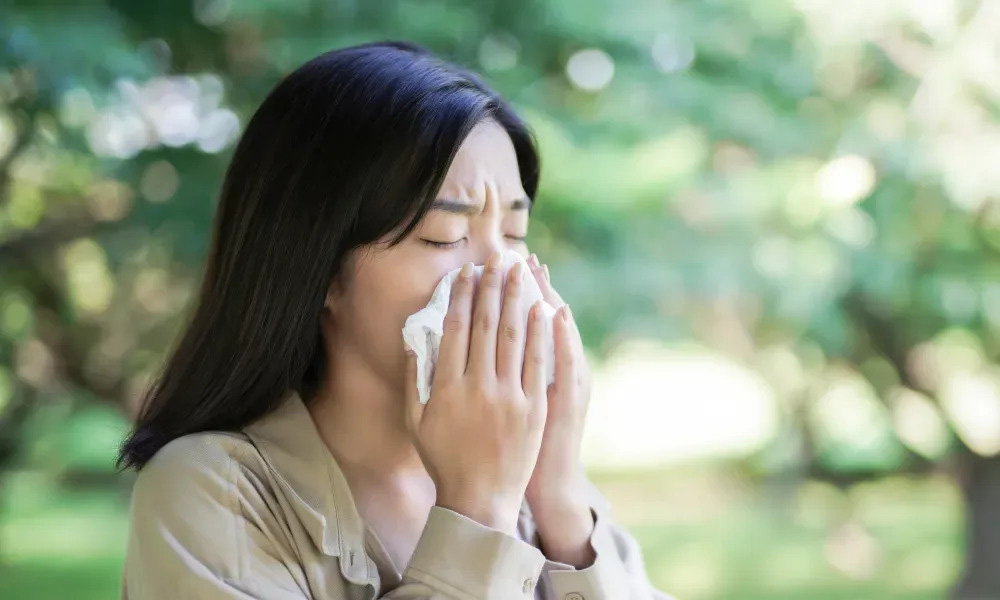
Climate change is seen as playing a major role in increasing the risk of allergies worldwide - Photo: Denver Allergy & Asthma Associates
Every year, World Allergy Week runs from June 23 to 29 to discuss ways to reduce the risk of allergies and boost immunity.
How are climate change and allergies related?
Climate change is now seen as playing a major role in increasing allergy risks worldwide, from intensifying pollen seasons to causing changes in allergen distribution.
“Climate change is a significant environmental challenge with wide-ranging health implications, including the prevalence and severity of allergies. Understanding the link between climate change and allergies is essential to managing and mitigating its public health impact,” said Dr P Venkata Krishnan, senior consultant at Artemis Hospital Gurugram.
Meanwhile, Dr Sunita Chhapola Shukla, founder and director of Mumbai Allergy Centre and head of department of allergy sciences, Sir HN Reliance Hospital, further explained, "Allergic diseases are on the rise due to factors like industrialization, urbanization and changing lifestyles."
Pollution is linked to allergic diseases such as allergic rhinitis, asthma, allergic conjunctivitis and atopic dermatitis. Pollution causes oxidative stress, leading to inflammation and hyperresponsiveness of the airways, with symptoms such as sneezing, itchy nose, coughing, wheezing and watery eyes.
Many health effects, causing allergies
One of the most direct impacts of climate change on allergies is the lengthening and intensification of the pollen season. Rising global temperatures and rising carbon dioxide (CO₂) concentrations lead to longer growing seasons for plants, and longer periods of pollen production. Higher CO₂ concentrations also stimulate plants to produce more pollen, which triggers allergies in humans.
Climate change also lengthens the pollen season and increases the potency of pollen. Increased CO₂ levels can increase the allergenicity of pollen grains, meaning they contain higher concentrations of proteins that trigger allergic reactions.
Stronger pollen potency may lead to more severe symptoms in people with respiratory allergies, such as allergic rhinitis and asthma.
Climate change is also affecting the geographic distribution of allergy-causing plants. Warmer temperatures allow some plants to grow in new areas where they could not grow before.
This means that people who have not previously been exposed to specific allergens may experience allergic reactions.
Climate change also affects indoor allergens. Increased humidity and warmer temperatures create favorable conditions for the growth of mold and dust mites – common indoor allergens.
More frequent and intense storms and floods, also due to climate change, can lead to water damage in homes, promoting more mold growth. These conditions can exacerbate symptoms in people with indoor allergies and asthma.
Source: https://tuoitre.vn/bat-ngo-voi-nguyen-nhan-lam-tang-nguy-co-di-ung-20240626124112345.htm


![[Photo] General Secretary To Lam receives French Ambassador to Vietnam Olivier Brochet](https://vstatic.vietnam.vn/vietnam/resource/IMAGE/2025/4/17/49224f0f12e84b66a73b17eb251f7278)
![[Photo] Nhan Dan Newspaper announces the project "Love Vietnam so much"](https://vstatic.vietnam.vn/vietnam/resource/IMAGE/2025/4/17/362f882012d3432783fc92fab1b3e980)
![[Photo] Closing of the 4th Summit of the Partnership for Green Growth and the Global Goals](https://vstatic.vietnam.vn/vietnam/resource/IMAGE/2025/4/17/c0a0df9852c84e58be0a8b939189c85a)
![[Photo] National Assembly Chairman Tran Thanh Man meets with outstanding workers in the oil and gas industry](https://vstatic.vietnam.vn/vietnam/resource/IMAGE/2025/4/17/1d0de4026b75434ab34279624db7ee4a)

![[Photo] Promoting friendship, solidarity and cooperation between the armies and people of the two countries](https://vstatic.vietnam.vn/vietnam/resource/IMAGE/2025/4/17/0c4d087864f14092aed77252590b6bae)








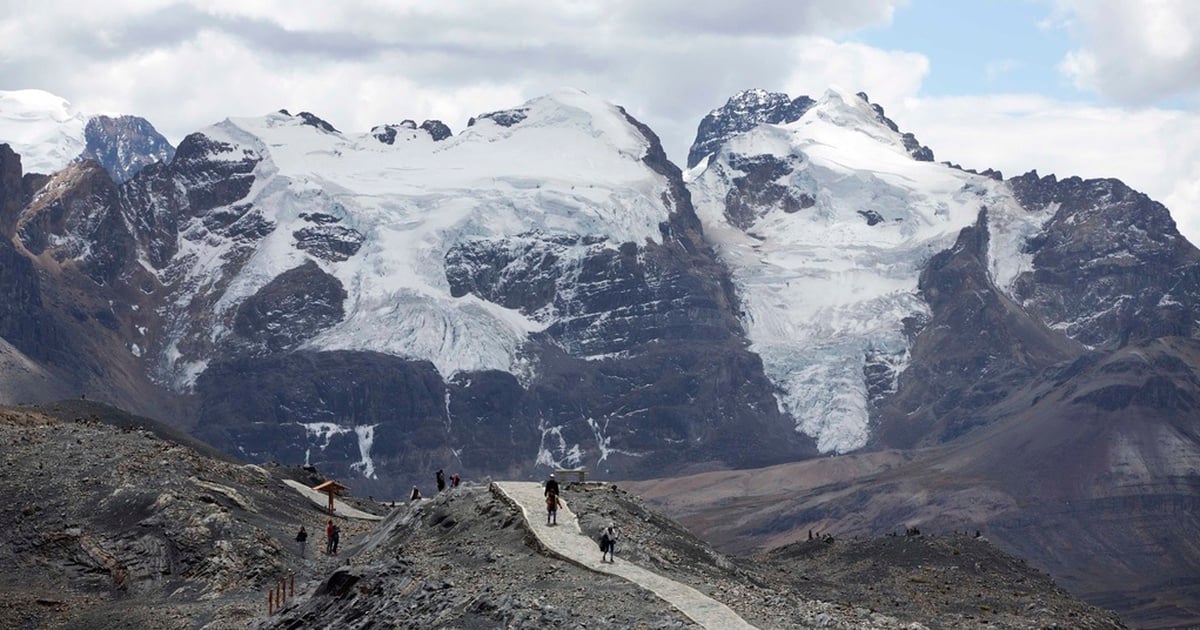
















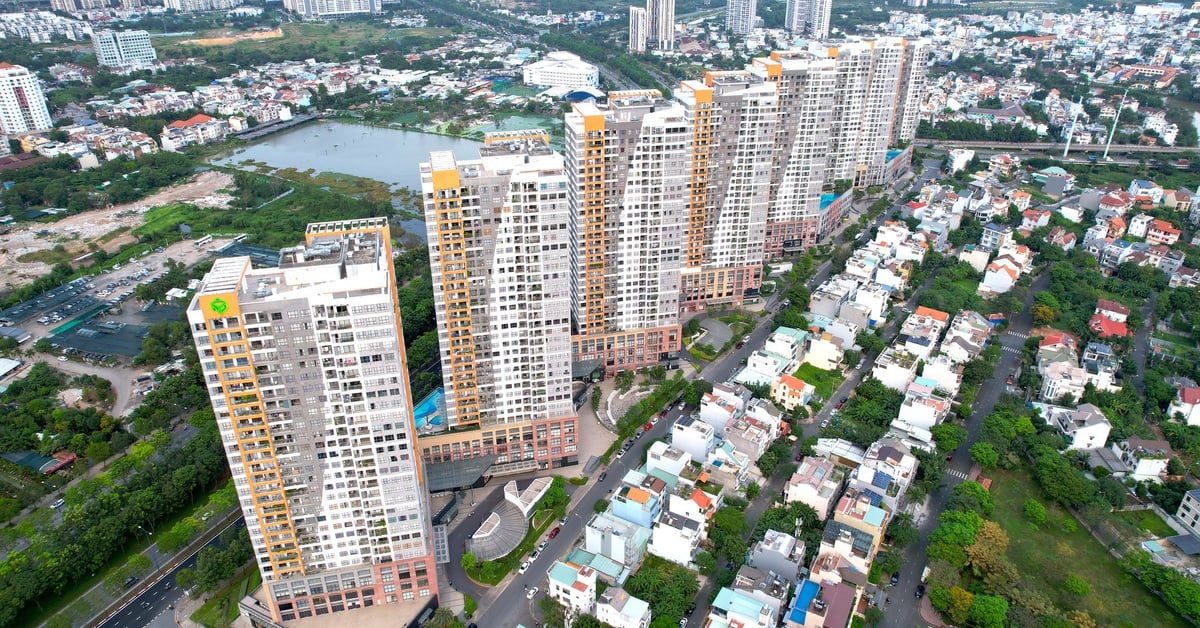

![[Photo] Welcoming ceremony for Chinese Defense Minister and delegation for friendship exchange](https://vstatic.vietnam.vn/vietnam/resource/IMAGE/2025/4/17/fadd533046594e5cacbb28de4c4d5655)


























![[Video] Viettel officially puts into operation the largest submarine optical cable line in Vietnam](https://vstatic.vietnam.vn/vietnam/resource/IMAGE/2025/4/17/f19008c6010c4a538cc422cb791ca0a1)

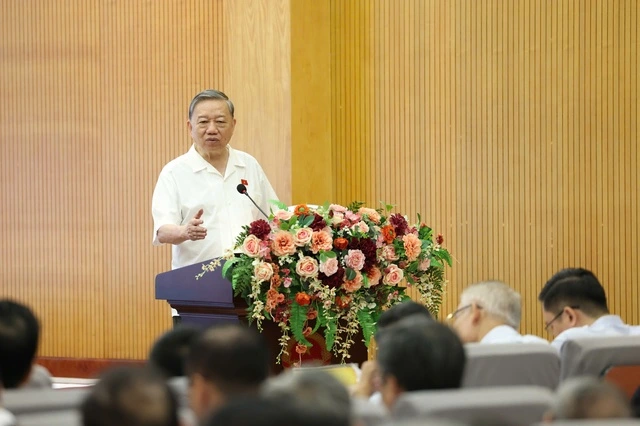





















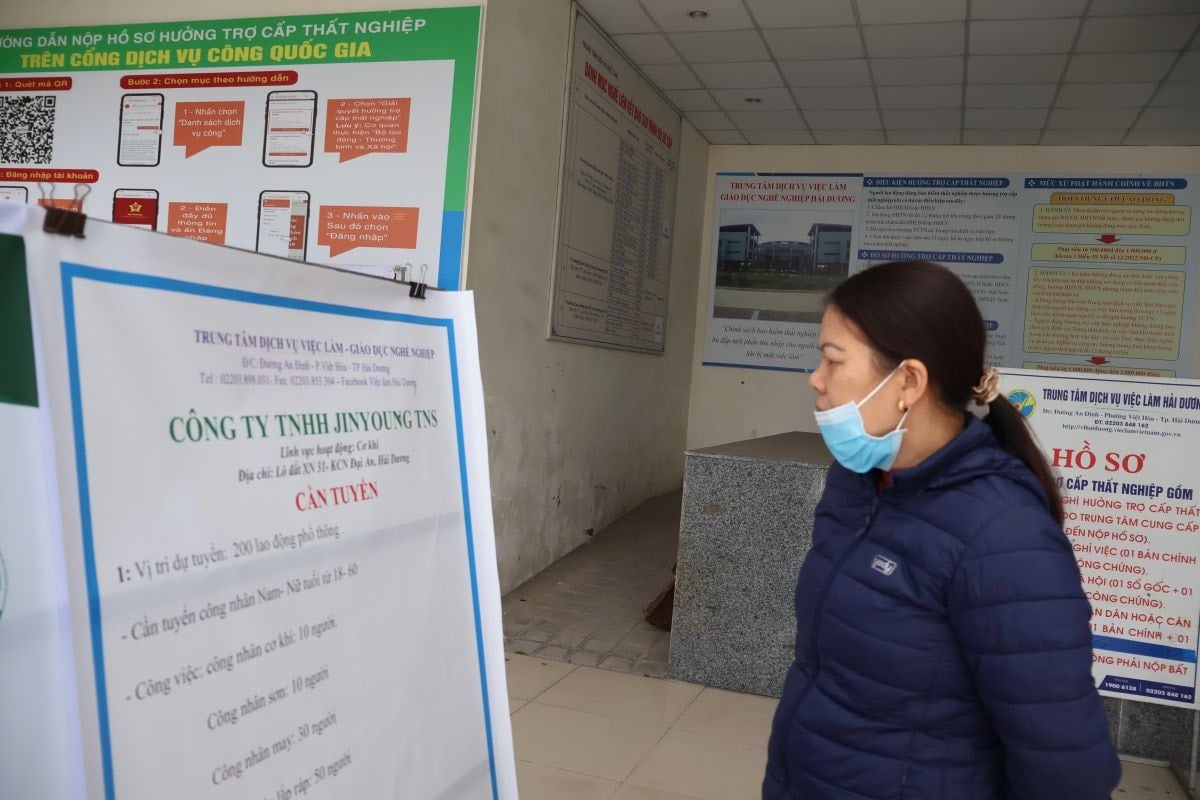











Comment (0)